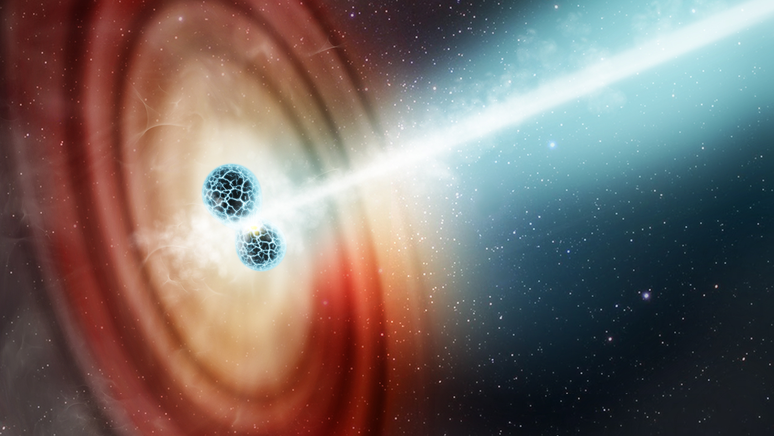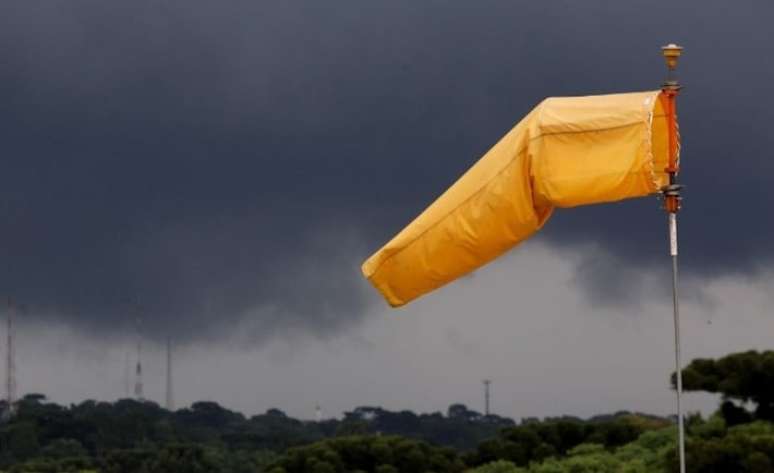For the first time, James Webb has detected heavy elements in a neutron star merger, producing the second largest gamma-ray emission ever seen
For the first time, the James Webb Telescope detected heavy elements in the kilonova that generated the second largest gamma-ray emission ever seen. The event occurred after the collision of two neutron stars and was first observed in March.
- 3D simulation confirms neutron star collision theories
- What impact did this neutron star collision have on the history of astronomy?
A production of heavy chemical elements (those from atomic number 41 onwards) is made partly, and sometimes exclusively, in neutron star mergers. These events cause an immense explosion known as a kilonova and release energy at different wavelengths.
Although physicists have solid theories about this production of periodic table elements into kilonovae, this type of event has not yet been observed enough to get details on how it happens. The reason for this is that these explosions are very rare and difficult to find.
Therefore, the detection of some of these elements in a recent explosion helps scientists refine theoretical models. With James Webb’s new discovery it will be possible to study the production of some of them with greater quantities of data.
In the event called GRB 230307A, astronomers discovered an exceptional gamma-ray emission, the second largest ever seen – second only to GRB221009Aobserved in 2022. It was about 1,000 times brighter than a typical gamma-ray burst and lasted 200 seconds, thus being classified in the category of long-duration gamma-ray bursts.

This caught the attention of many researchers and now a team has used the James Webb to observe the gamma rays released by the phenomenon. Thanks to the resolution of the infrared telescope, astronomers were able to identify the neutron stars that collided, as well as detect the chemical element tellurium among the material released by it.
The team believes that elements close to tellurium in the periodic table, such as iodine, are also present there. In the end, Webb also managed to trace the origin of the kilonova: a spiral galaxy about 120,000 light years away from the site of the merger.
The reason for this distance is that the two original stars (which exploded into supernovae to become neutron stars) were born as a binary system and were ejected from this galaxy. Then they traveled more than the diameter of the Milky Way until they merged hundreds of millions of years later.
These research findings were published in the journal Nature.
Trends on Canaltech:
- Elon Musk offers $1 billion for Wikipedia to become “Dickipedia”
- Galaxy S23 Plus | How much is it worth paying on Black Friday?
- Sound of Freedom | Why has a Christian film become the subject of controversy?
- An unreleased recording captures the sounds of the largest living organism on Earth
- ThunderCats | The story behind the iconic opening of the cartoon
- Why do killer whales sink boats and kill sharks?
Source: Terra
Rose James is a Gossipify movie and series reviewer known for her in-depth analysis and unique perspective on the latest releases. With a background in film studies, she provides engaging and informative reviews, and keeps readers up to date with industry trends and emerging talents.






